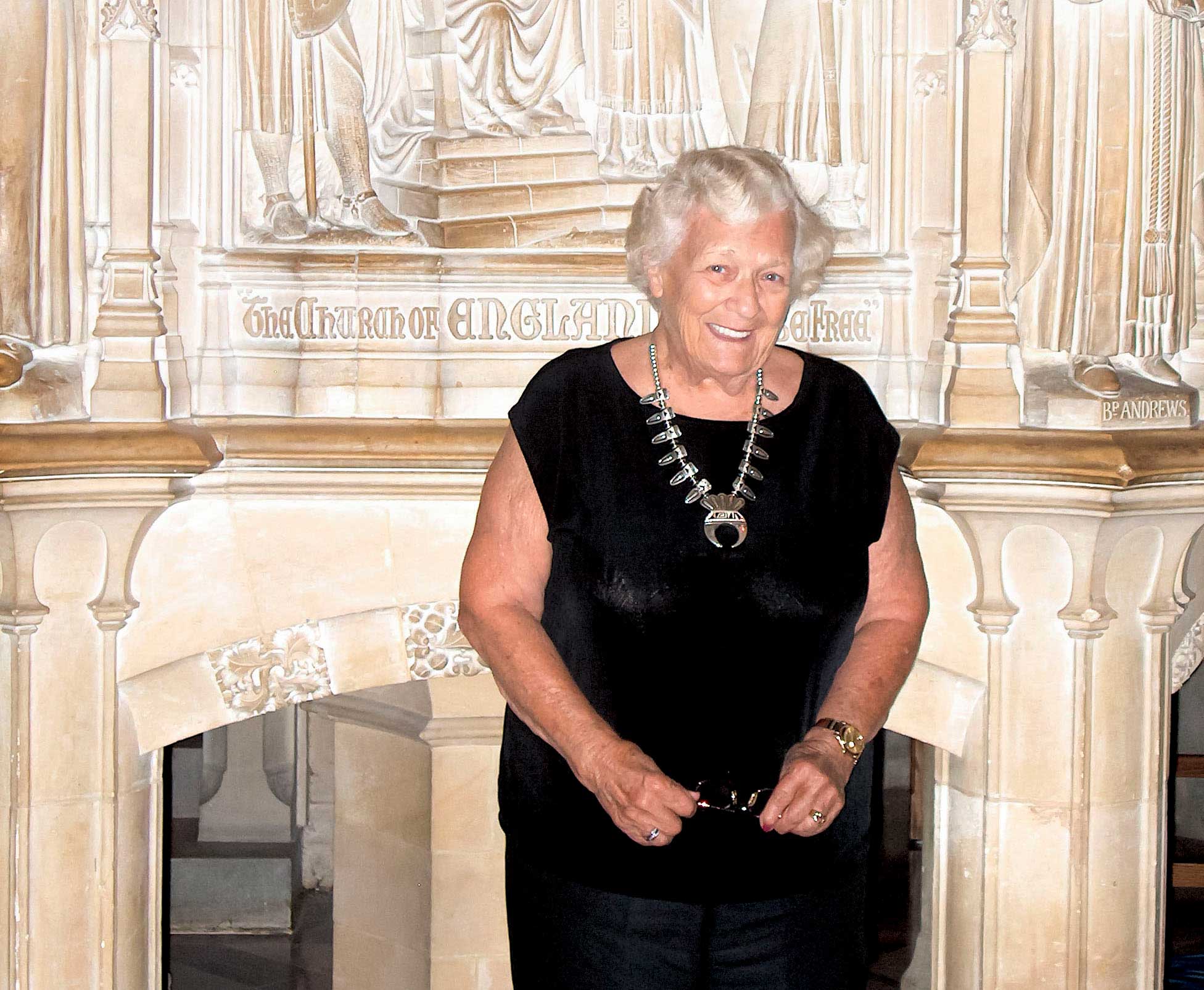
Margaret Cargill left behind more than $6 billion for charity when she died in 2006 — and specific ideas about where to spend it.
The Chronicle of Philanthropy
November 29, 2016
Suzanne Perry
Margaret Cargill left behind more than $6 billion for charity when she died in 2006 — and specific ideas about where to spend it.
A decade later, the philanthropy that bears her name is hitting its stride, pumping hundreds of millions of dollars a year into the causes she held dear: the environment, disaster relief, arts and culture, animals, teachers, and older people. All the while, its leaders have been asking: “What would Margaret do?”
Margaret A. Cargill Philanthropies, an umbrella group that covers three grant makers, is housed in an eco-friendly building designed to reflect Ms. Cargill’s love of art and distaste for corporate environments. Inside, staff members have spent years devising a blueprint for spending the heiress’s fortune according to her wishes.
They know that Ms. Cargill, who died at age 85, loved the outdoors, textiles, and Native American arts. She wanted to intervene in areas that were being neglected by others. She prized innovative approaches. She nixed giving to influence public policy and thought medical research could get money elsewhere.
Chief Executive Christine Morse, President Paul Busch, and other of the foundation’s trustees all knew Ms. Cargill, whose grandfather co-founded Cargill, the giant Minnesota agriculture conglomerate. And they are striving to ensure her priorities are embedded in all of the organization’s activities.
“We’re doing everything we believe is important to be a bit more specific and explicit, rather than just ‘Make the world better,’’” says Ms. Morse, who developed a close 15-year friendship with Ms. Cargill while advising her on her philanthropy. “We have guidance from our donor, and we want our staff to understand that.”
Big Changes
Margaret A. Cargill Philanthropies over the past two years has reached a giving level of about $250 million, the sum it now expects to give annually. It took a while to get to that point because Ms. Cargill’s former associates had to settle her estate, design a governance structure, designate program areas, and ramp up from a handful of employees to more than 90.
As of January 1, the philanthropy will have a new structure. The three existing entities will be streamlined to two: Anne Ray Foundation (named after Ms. Cargill’s mother), which will combine two organizations Ms. Cargill created before she died, and the Margaret A. Cargill Foundation, which was set up after her death.
Ms. Cargill zoomed to the top of The Chronicle’s list of the 50 biggest donors in 2011 following a deal that allowed her estate to convert her assets to philanthropy. It involved swapping stock in Cargill, a privately held corporation, for shares in the Mosaic Company, a public fertilizer business. The final sale of those shares took place in 2016.
The proceeds were split between Anne Ray Charitable Trust, one of the grant makers created while Ms. Cargill was still alive, and Margaret A. Cargill Foundation. At the end of 2015, Anne Ray had assets of $3.6 billion and the Cargill Foundation $2.9 billion. A smaller group created by Ms. Cargill, Akaloa Resource Foundation, had $189 million.
If compared with private foundations, those collective assets place Margaret A. Cargill Philanthropies among the country’s top 10 grant makers, nestled between the David and Lucile Packard Foundation ($7 billion) and the Gordon and Betty Moore Foundation ($6.5 billion), according to Foundation Center figures.
Full article available through The Chronicle of Philanthropy

